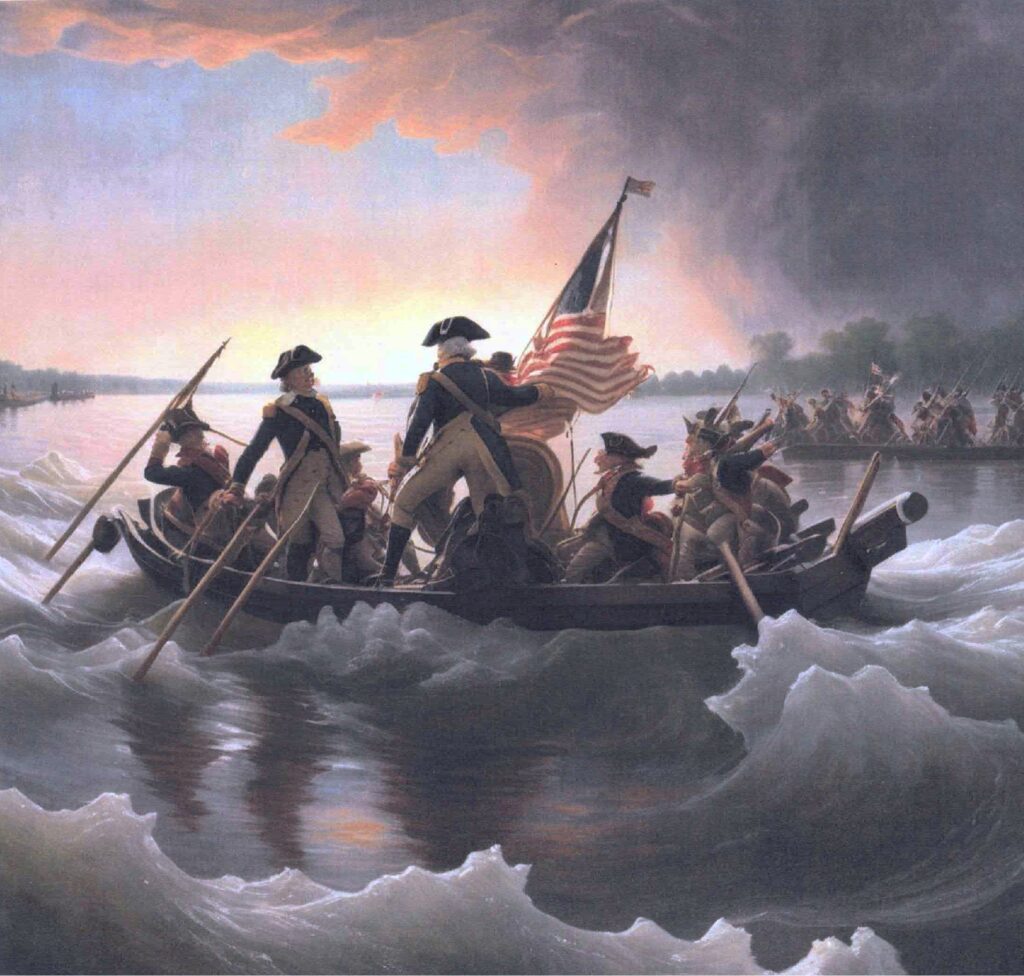By Linus Ghorse for The Highland Park Review 03/28/2025

What are the legal reasons for the existence of a public boat launch on navigable streams in the United States?
Public boat launches on navigable streams in the United States exist due to a combination of legal principles rooted in federal and state law, primarily aimed at ensuring public access to waterways for navigation, commerce, recreation, and other public uses. Here’s an explanation of the key legal reasons:
- Navigability and the Commerce Clause:
The U.S. Constitution grants Congress authority over interstate commerce under the Commerce Clause (Article I, Section 8). Navigable waters—defined as those capable of supporting interstate or foreign commerce—are subject to federal jurisdiction. The Supreme Court, in cases like The Daniel Ball (1870), established that rivers and streams are “navigable in fact” if they can be used as highways for trade or travel in their natural state. Public boat launches ensure access to these waters, facilitating commerce and transportation, which fall under federal purview. The Rivers and Harbors Act of 1899 (33 U.S.C. § 403) further protects navigable waters by regulating obstructions, implicitly supporting public access points like boat launches to maintain their utility. - Public Trust Doctrine:
This common law principle, inherited from English law and adapted in the U.S., holds that certain natural resources, including navigable waters, are held in trust by the government for public use. The doctrine ensures that the public retains rights to navigation, fishing, and recreation on these waters, even if adjacent land is privately owned. States, which typically own the beds of navigable waters up to the ordinary high-water mark (as affirmed in Martin v. Waddell, 1842), establish public boat launches to uphold this trust, guaranteeing access without infringing on private upland property rights. - Federal Navigational Servitude:
The federal government has a “navigational servitude,” a dominant right over navigable waters that supersedes private property interests for the sake of navigation. This concept, reinforced in cases like United States v. Chandler-Dunbar Water Power Co. (1913), means that the government can mandate or maintain public access points, such as boat launches, to ensure unobstructed use of waterways. While this doesn’t grant the public free rein on private land, it supports infrastructure like launches on public or acquired land to serve the broader interest of navigation. - State Laws and Public Access Rights:
States have authority over waters within their borders, subject to federal oversight for navigable waterways. Many states codify public access rights to navigable streams, often defining navigability more broadly than the federal test to include recreational use (e.g., boating or fishing). For example, in Texas, a stream is “navigable by statute” if it averages 30 feet wide from its mouth up, granting public use rights (Texas Parks and Wildlife Code). Public boat launches are established under state laws to operationalize these rights, ensuring citizens can launch vessels without trespassing on private property. - Historical Use and Precedent:
Navigability is often determined by historical use, not just current conditions. If a stream was used for commerce (e.g., log floating) or travel in the past, it retains its navigable status (Economy Light & Power Co. v. United States, 1921). Public boat launches preserve this legacy, providing access to waters deemed public highways by historical practice, even if their commercial role has diminished. - Recreational Use and Modern Policy:
Over time, courts and legislatures have expanded the definition of public use beyond commerce to include recreation, such as pleasure boating (Witke v. State Conservation Commission, 1953). Federal and state agencies, like the U.S. Army Corps of Engineers or state departments of natural resources, develop and maintain boat launches to support this broader public benefit, often funded through public programs or taxes. For instance, the Clean Water Act and related regulations indirectly bolster access by protecting navigable waters’ usability. - Eminent Domain and Public Funding:
Where necessary, governments can acquire land for boat launches through eminent domain, justified by the public’s right to access navigable waters. This is often paired with public funding mechanisms (e.g., taxes or recreation fees) to build and maintain these facilities, reflecting a legal commitment to public access.
In summary, public boat launches exist on navigable streams due to a legal framework that prioritizes public access for navigation, commerce, and recreation. This framework balances federal authority over interstate waterways, state ownership and trust responsibilities, and historical and modern public use rights, ensuring that navigable streams remain accessible to all.
